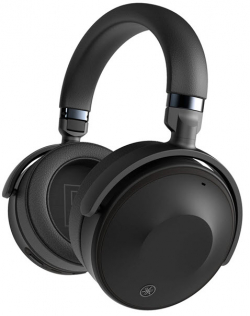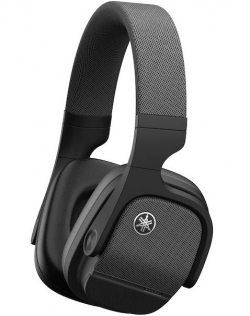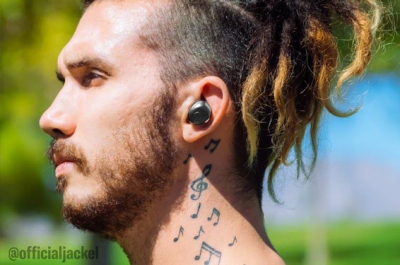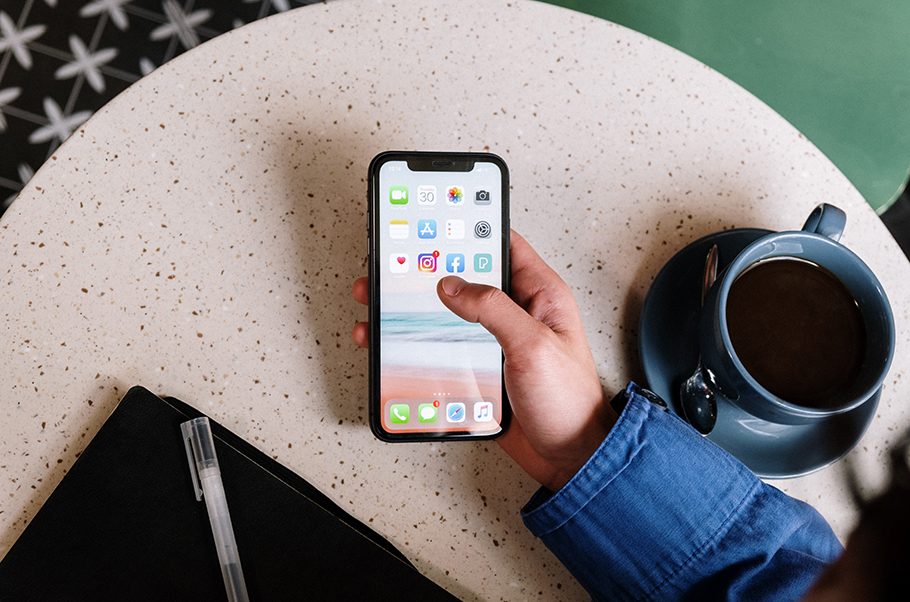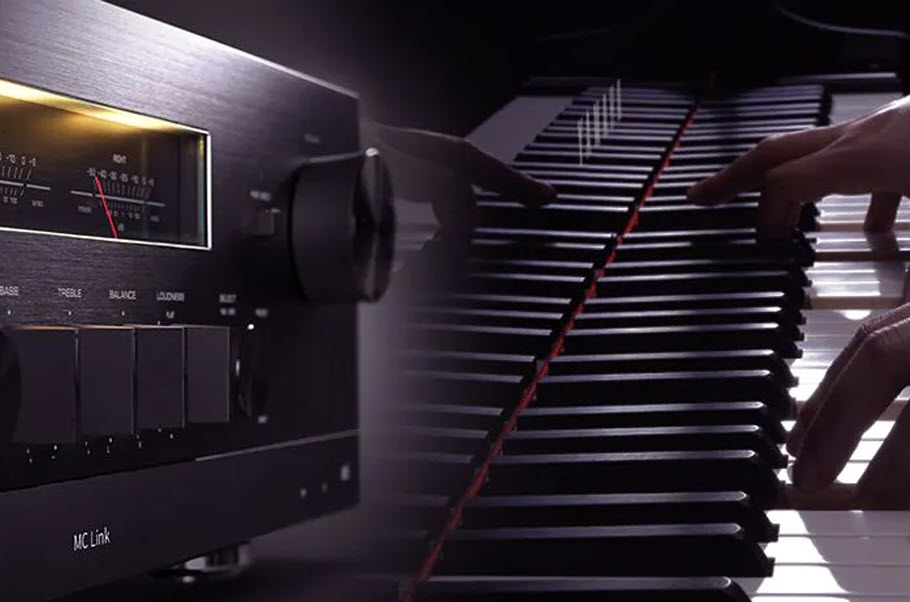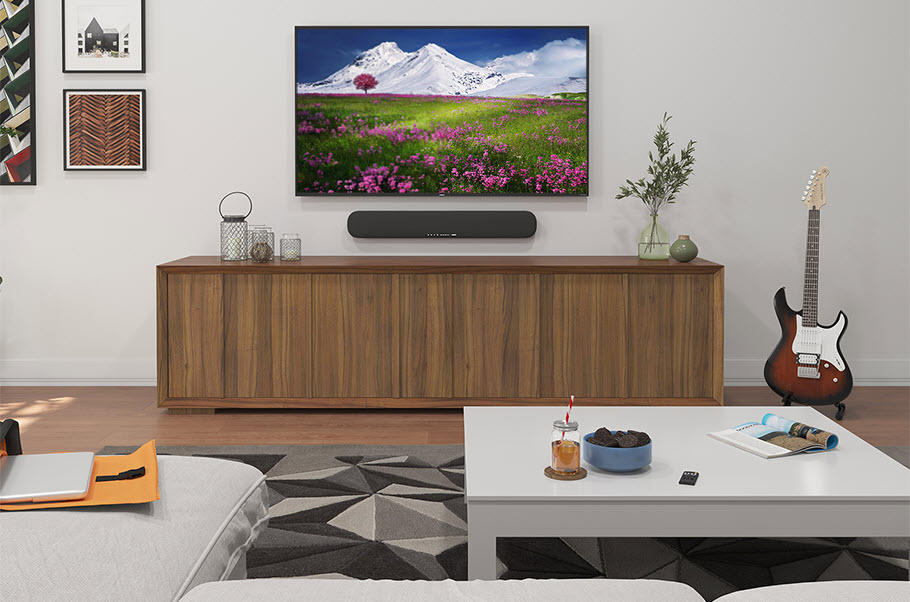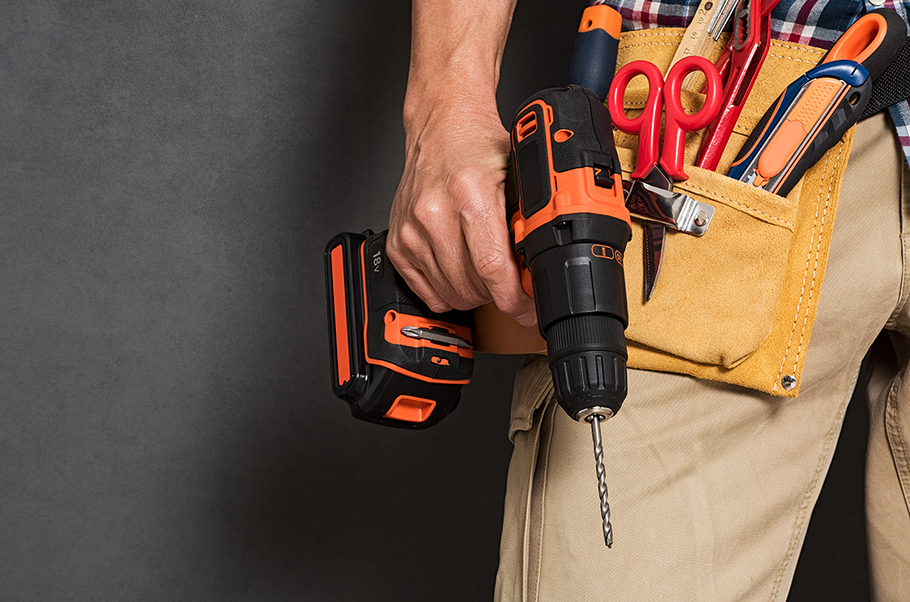How to Shop for Wireless Headphones
Find the best headphones for your lifestyle.
When it comes to wireless headphones, it’s easy to get overwhelmed by the ocean of options, but a little knowledge and planning will narrow down the field considerably. Whether you’re buying them for yourself or as a holiday gift, let’s take a look at what you need to know to make an informed purchase.
Headphones, Earphones or Earbuds?
For the purposes of this article, we’ll use the generic term “headphone” to include earphones and earbuds as well. However, there are two types of headphones: over-ear and on-ear. The difference between the two is as follows:
– Over-ear models like the Yamaha YH-E700A provide the maximum sound isolation. As the name implies, these kinds of headphones fully enclose the ear with soft cushions. One caveat, though: If they are too heavy, tight or restricting, it can be uncomfortable to wear these kinds of headphones for long periods of time. The Yamaha YH-L700A feature plush memory foam for an excellent seal and soft fabric on the adjustable headband for long-lasting comfort and listening sessions.
– On-ear models like the Yamaha YH-E500A have cushions that sit on the outer ear, as opposed to enclosing the entire ear. Many people find these models — particularly those with adjustable headbands — to be the most comfortable when listening for extended periods.
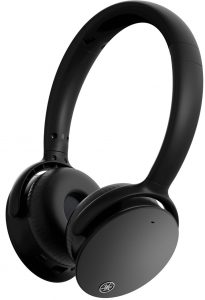
Then there are earphones such as the Yamaha EP-E70A, which are worn in the ear with a wired connection to some form of band worn on the neck or body. One advantage they provide is that if you’re out of juice or want to connect to an airplane entertainment system, they can be connected the traditional wired way.

Earbuds like the Yamaha TW-E3B are worn in the ear with no wired connection to anything (“true wireless”). These are the lightest weight and most unobtrusive of all kinds of personal listening devices.
How Will You Be Using Your Headphones?
This is the first consideration that will help narrow down your choices, so start by asking yourself this question: Will you be using your headphones for …
– Listening to music on your home audio system? As mentioned above, quality over-ear headphones can offer the maximum in sound quality.
– Listening on the go? Earbuds are great for creating a personal space when you’re on the go, while on-ear headphones allow you to enjoy your music without disturbing those around you in the workplace.
– Commuting or at your desk? Earphones have some advantages over earbuds if you’re not moving around much. They usually have a longer battery life than earbuds, and possibly better sound because they have more space for batteries and drivers. On the downside, the band may flap around when you’re walking or exercising.
– Exercising, jogging or working out? Here, earbuds are more suitable due to their unobtrusive size. Just make sure they’re water- and sweat-resistant.
If you can’t decide how you’re likely to be using your headphones most of the time, it may be that you need more than one. But there are many other factors to weigh as well, such as:
Fit
Good fit is a must! No matter what other features your headphones have, the way they sit on your head or in your ears defines how comfortable they are and how long you can wear them. In addition, how well the headphones fit over your ears or seal your ear canal affects the quality of the sound reaching your ears. Look for headphones that offer a customizable fit, whether it’s swiveling earcups for over-ear models, or several sizes of eartips for earbuds and earphones. Here’s how to get the best fit from earbuds and headphones.
Active Noise-Cancelling (ANC)
The problem with listening on the go — that is, away from a controlled environment like your home — is that your music is subject to all kinds of noise from loud conversations, traffic and other intrusions from the outside world. Headphones with a feature called ANC (short for “Active Noise-Cancelling”) address that problem by removing unwanted noise from the music you hear. But be aware that there are various methods for noise-cancelling and some headphones, and some are more successful at it than others. Yamaha Advanced ANC technology uses sophisticated processing and internal microphones to carefully separate and remove the noise, leaving your music pure. Yamaha YH-L700A and YH-E700A headphones, as well as EP-E70A earphones, feature Advanced ANC.
Ambient Sound
Think of ambient sound as the opposite of ANC. Some headphones allow you to choose when to let in sounds from your environment, like traffic sounds or public transit announcements, for safety reasons. A simple button push might keep you from missing your train stop!
Sound Quality
For those who are all about getting lost in their music, the best choice is over-ear or on-ear headphones, since the isolation they provide is optimal for delivering high-quality audio and an immersive experience. That said, when headphones are worn as a fashion accessory, sound quality may seem like a secondary consideration. But you can still enjoy high-quality audio while making a statement about who you are.
Before you consider sound quality, however, understand how subjective it is: What sounds good to one person may sound just “meh” to someone else. If you can’t pay a visit to a store, read reviews or try to get suggestions from friends and family as to what kind of headphones they use, and why they like those particular models.
Look for insight on the overall balance. Do reviews talk about the headphones coloring things, or bringing out certain aspects they may have never heard before? That can be a good thing or a bad thing, depending on the content and personal taste. Things to look for in reviews and try to avoid: obvious distortion, or a sound that’s too boomy or overly bright. Any of those sonic symptoms will quickly lead to listener fatigue. The goal is to purchase headphones that will be used often, not ones that will end up on a shelf.
When it comes to making any kind of purchase, recommendations can often be helpful, though bear in mind the source; if the person offering suggestions doesn’t use their headphones the way you will, you might consider following your own path.
Battery Life
Freedom ain’t free. The cost of being wireless and free to roam about untethered is charging time. If you can’t be without your music, consider how long the battery lasts in your wireless headphones and how long it takes to fully charge. Ideally, you’ll want to choose a model that won’t have you searching for a charging station everywhere you go, such as Yamaha EP-E70A wireless noise-cancelling earphones, which provide ultra-long battery life of up to 18 hours per charge.
Bluetooth®
Many wireless headphones connect to music sources using Bluetooth. The latest version, Bluetooth 5, addresses problems with earlier versions such as dropouts and limited sound fidelity. If you listen to music streaming services, Bluetooth headphones that feature aptX HD or aptX Adaptive technology offer high-quality, glitch-free audio, which makes them great for gaming too.
Water Resistance
If you’re planning on using your earbuds for working out, make sure they’re water- and sweat-resistant. A water resistance rating of IPX4 or higher should allow you to work up a sweat without damaging your earbuds. The Yamaha TW-E3B model offers the highest IPX rating of the company’s earbuds. Learn more about IPX ratings here.
Bonus Features
Aside from these main features, look for extra benefits in your headphones that might separate one model from the pack. For example, all Yamaha wireless headphones incorporate Listening Care, which allows you to hear the details in your music without turning the volume up to potentially harmful levels. Some models also feature Listening Optimizer, an adaptive technology that analyzes the fit of your headphones and the wearing conditions in real time to optimize the sound for the best listening experience possible.
The top-of-the-line model, the Yamaha YH-L700A, features 3D Sound Field with head tracking. This technology transforms traditional two-channel listening into a 360-degree sound field with the push of a button, allowing listeners to experience movies and videos on their mobile devices with cinema-like realism — immersing them in the action onscreen.
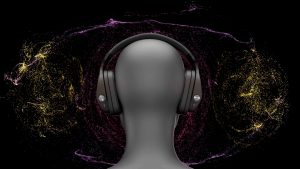
Another factor that might be important to you (or the person you’re buying headphones for) is voice assistance. Digital assistants like Alexa, Google Assistant and Siri have become an integral part of our lives because of their ubiquitous presence on our phones and smart home devices — and they’re even found on some earphones and headphones. If you’d rather ask than push buttons, these voice assistants can perform basic functions like controlling volume and taking phone calls.
Last but not least, don’t forget about carrying cases and accessories that might tip the scale toward your final decision. With so many headphones to choose from, every little feature matters!
Photograph courtesy @officialjackel.
Click here to learn more about Yamaha wireless headphones.











